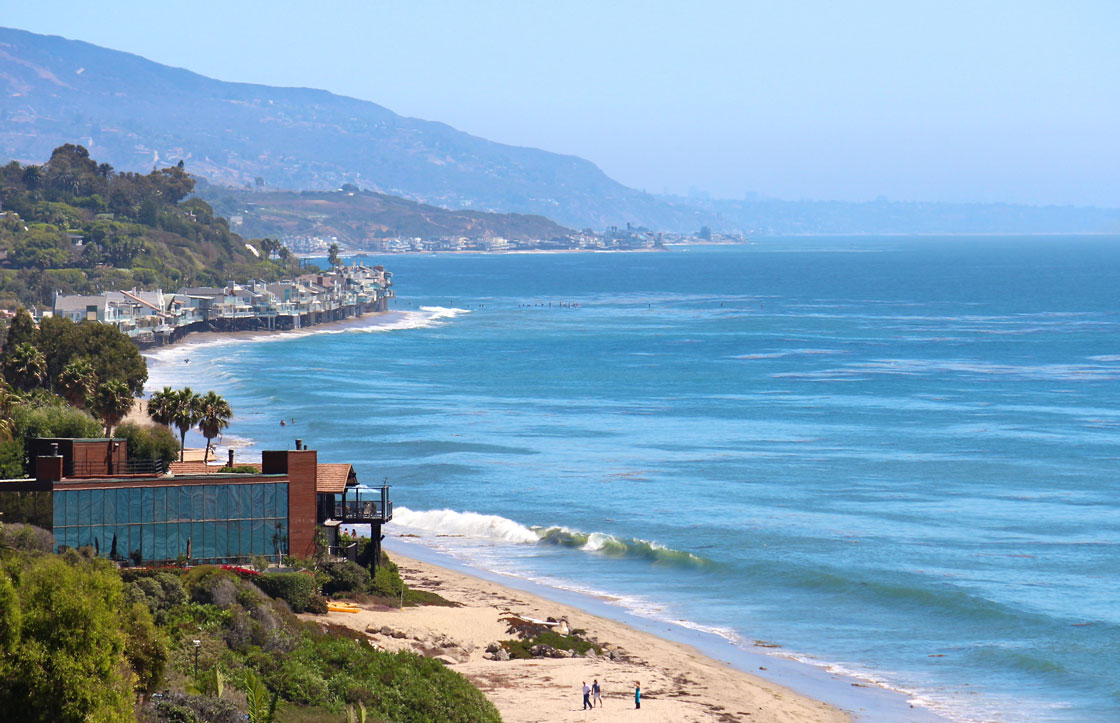Research Puts Coastal Management Under the Microscope

Malibu, one of the most coveted – and contentious – sites for property development along the California coast (Karol Franks via Flickr)
The controversial firing of the California Coastal Commission's executive director, Charles Lester, has led to renewed interest in the powerful but little known state regulatory agency's work. The Commission, established by the ballot measure of the Coastal Act of 1972, is charged with protecting California's iconic 1,100 mile coast, regulating development, and ensuring public access to the sea.
With responsibility for approving or rejecting new construction, property alterations, and coastal armoring measures, the Commission wields power over sensitive issues, and has faced criticism both from groups aligned with developers and with environmental concerns.
But a rigorous accounting of nearly two decades of the Commission's decisions by the Bill Lane Center's Iris Hui tells a different, less dramatic story: the Commission has approved an average of 80 percent of applications submitted, and it has typically done so with little delay. The Stanford News Service has a post today describing Hui's methodology, which utilized text-mining techniques to computer analyze a large quantity of Commission documents.
Hui web-scraped all of the commission's meeting agendas and staff reports between 1996 and 2014. In doing so, she analyzed its permit process, such as what received approval, how long the application process took, what if any permit conditions were granted, and whether the pattern changed over time.
"The goal of the project was to use text mining to make massive paper-based government records transparent and accessible," said Hui.
As Hui pointed out, any development project within the coastal zone requires a permit, either granted by the Commission or by a local government. Commissioners have discretion in deciding what is constituted as environmental impact. An application can only be approved if it can be shown that it would not cause an "adverse environmental impact" under the California Coastal Act of 1977.
Hui's research, part of the Center's larger California Coastal Commission project, has been compiled in a working paper. The paper analyzes not just the up-or-down nature of the permit application process, but also the extensive conditions that the Commission frequently negotiates with applicants to mitigate potential harm to coastal ecosystems, communities, and public access overall.




